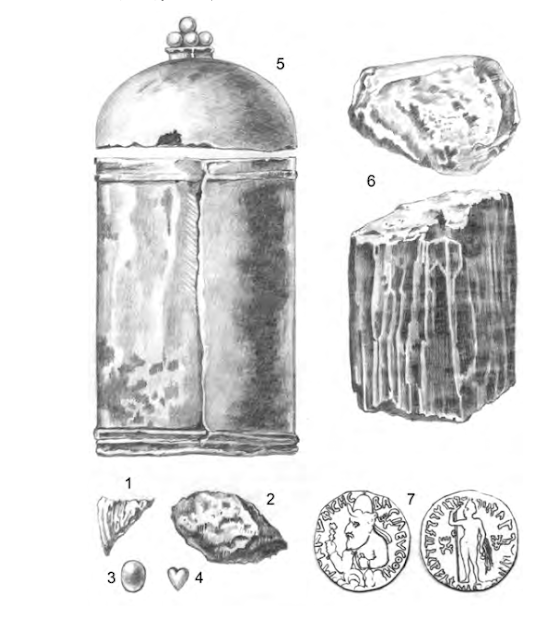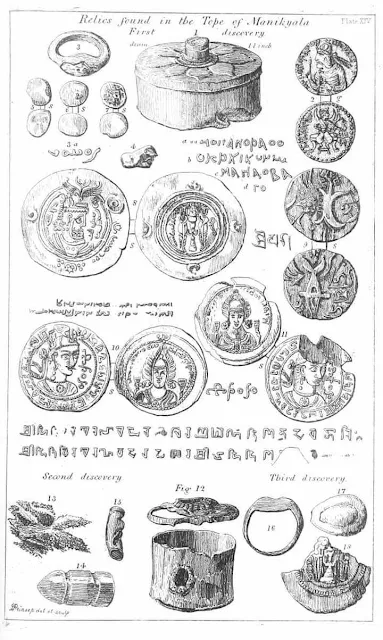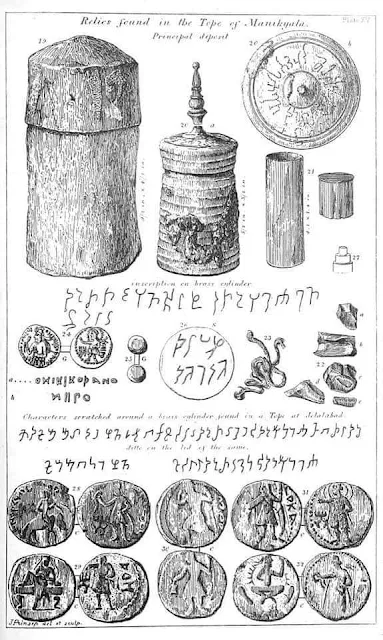Buddhism and Its Teachings
Buddhism is one of the world's major religions, founded by Siddhartha Gautama, known as the Buddha, in India over 2,500 years ago. It emphasizes the Four Noble Truths and the Eightfold Path as the guiding principles for achieving enlightenment and liberation from suffering (Gethin, 1998).
Central to Buddhism is the reverence for sacred relics, including bodily relics such as teeth, bones, and ashes of the Buddha himself (Trainor, 2004). These relics are believed to possess spiritual power and are enshrined in stupas and museums worldwide.
2. Significance of Sacred Relics in Buddhism
Buddhist relics are regarded as a tangible connection to the Buddha's life and teachings, fostering a sense of spiritual presence and inspiration among practitioners (Wangchuk, 2019).
The veneration of relics is a deeply ingrained practice in Buddhism, symbolizing the impermanence of life and the aspiration for enlightenment (Trainor, 2015).
3. Preservation and Authentication of Buddhist Relics
The preservation of Buddhist relics is of paramount importance to ensure their longevity and continued spiritual significance (Lokesh, 2000). This process involves proper storage, conservation, and protection against theft or damage.
Scientific methods, such as DNA and carbon-14 testing, have been employed to authenticate the origin and age of Buddhist relics (Bronk Ramsey et al., 2009). These methods have played a crucial role in verifying the authenticity of sacred relics.
4. Museums and Cultural Institutions
Museums and cultural institutions dedicated to Buddhism, such as the Hswagata Buddha Tooth Relics Preservation Museum, serve as custodians of sacred relics, providing a space for worship, education, and research (Barnett, 2018).
These institutions play a pivotal role in promoting Buddhist values, interfaith dialogue, and peace-building initiatives (Low, 2020).
5. Interfaith Dialogue and Peace
Buddhism's emphasis on compassion and non-violence has made it a key player in interfaith dialogue and efforts to promote peace (Watts, 1999). Dialogues between Buddhists and representatives of other religions have led to greater understanding and cooperation.
The promotion of mindfulness and meditation practices, rooted in Buddhism, has gained recognition as tools for fostering inner peace and global harmony (Kabat-Zinn, 2013).
6. Environmental Stewardship
The intersection of Buddhism, environmental stewardship, and sustainability has gained attention in recent years. Researchers have explored how Buddhist principles of interconnectedness and compassion for all living beings can inform environmental conservation efforts (Tucker, 2017; Grim, 2019).
The Hswagata Museum's commitment to participating in environmental conservation aligns with these principles.
Buddhist principles of interconnectedness and compassion for all living beings have inspired environmental conservation and sustainable development initiatives (Loy, 2019).
Buddhism encourages a harmonious relationship between humanity and nature, aligning with modern ecological concerns.
7. Cultural Exchange and Understanding
Buddhism's rich diversity of traditions and practices has led to cultural exchange and dialogue among different Buddhist lineages and with other religious and spiritual traditions (Queen, 2000). Cultural events and festivals celebrating Buddhist traditions promote global cultural appreciation and understanding.
8. Preservation of Sacred Relics:
Preserving sacred relics, particularly those attributed to Lord Buddha, is a central concern for Buddhist communities worldwide. Scholars have emphasized the historical and spiritual significance of these relics, highlighting the need for institutions like the Hswagata Buddha Tooth Relics Preservation Museum to safeguard and protect them (Hamilton, 2016; Dissanayake, 2018).
9. Authentication and Scientific Verification:
The authentication of Buddhist relics has been a subject of scholarly inquiry, especially concerning their historical accuracy and authenticity. The application of scientific methods, such as DNA and Carbon-14 testing, has become an essential aspect of verifying the legitimacy of sacred relics. The Hswagata Museum's collaboration with institutions like the Victoria and Albert Museum in conducting such tests is seen as a groundbreaking approach to confirming the relics' genuineness ( Letter from the king 2023)
10. Interfaith Dialogue and Peace-Building:
The Hswagata Museum's commitment to interfaith dialogue and peace-building aligns with broader efforts to bridge religious and cultural divides. Existing literature emphasizes the role of Buddhist institutions in fostering dialogue among different faith traditions and promoting mutual respect, tolerance, and understanding (Gyatso, 2012; Shankar, 2017).
The museum's dedication to these principles contributes to global harmony and peaceful coexistence.
11. Cultural Exchange and Education:
Cultural exchange and educational initiatives have emerged as crucial components of preserving and promoting Buddhist relics. The Hswagata Museum's involvement in organizing international conferences, workshops, and cultural events underscores the importance of such activities in fostering cultural appreciation, mutual learning, and the dissemination of Buddhist values (Bhattacharya, 2015; Hatcher, 2018).
12. Challenges and Sustainability:
Preserving sacred relics and promoting peace come with inherent challenges. Scholars have identified issues related to ethical tourism, resource management, and maintaining the sanctity of religious sites as significant concerns (Bailey, 2017; Smith, 2019). Understanding these challenges and developing strategies for sustainable museum management is crucial for institutions like Hswagata.
13. Outreach and Global Impact:
The impact of Buddhist institutions extends beyond their physical boundaries. Scholars have emphasized the importance of outreach programs, meditation practices, and peace education in promoting mindfulness and contributing to a more harmonious world (Nhat Hanh, 2012; Miller, 2016). The Hswagata Museum's dedication to these initiatives reflects its commitment to making a global impact.
This literature review provides a foundational understanding of the key themes related to Buddhism, sacred relics, their preservation, and their broader impact on interfaith dialogue, peace-building, environmental stewardship, and cultural exchange. It sets the stage for further exploration and research in these areas.
The literature underscores the significance of institutions like the Hswagata Buddha Tooth Relics Preservation Museum in preserving sacred relics, promoting cultural understanding, fostering peace, and contributing to the broader goals of Buddhism. It highlights the museum's innovative approach to authentication, interfaith dialogue, cultural exchange, and environmental stewardship, while acknowledging the challenges inherent in its mission.
The research objectives of this study aim to provide a deeper understanding of the museum's multifaceted contributions and suggest recommendations for its continued success and impact.















